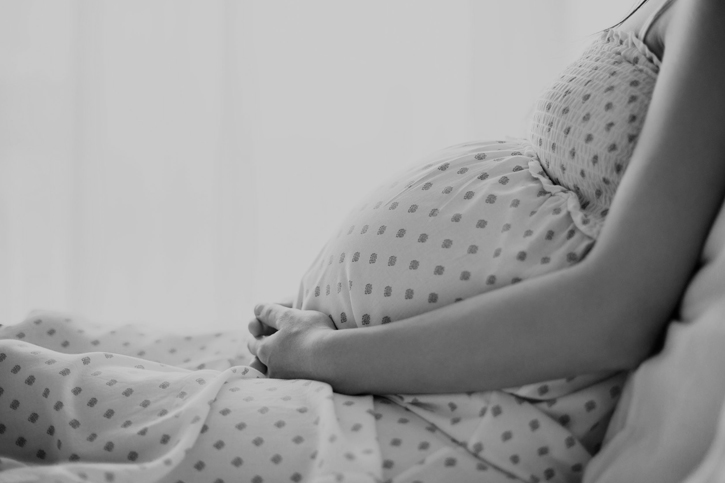If you are pregnant or are planning on conceiving soon, you may be thinking about which birthing method is best for you. An extremely common option all women should consider is a caesarean section (C-section) with about one-third of Australian babies now being delivered by caesarean.
But what is a caesarean section, why might you need one and what are the risks? Read our guide to find out.
What is a caesarean section?
A caesarean section is an operation in which a baby is born through an incision which is made through the mother’s abdomen and the uterus. The cut is usually made low and around the level of the bikini line. A caesarean section may be planned if there is a reason that prevents the baby from being born by a normal vaginal birth, or unplanned if complications develop and delivery needs to be quick.
Why have a caesarean?
There are a number of reasons why an obstetrician may suggest a caesarean section. Some reasons may include:
- You have already had a number of caesarean sections.
- The baby is in a breech position and cannot be turned
- The placenta is partly or completely covering the cervix
- The baby is lying sideways and is not able to be turned by the doctor.
- It is a twin pregnancy, with the first baby in a breech position.
Alternatively, there are a number of non-medical reasons to opt for a caesarean section rather than vaginal birth. It is important, however, talk to your doctor about its suitability for you
Risks
A caesarean section is a major surgery; however it is very rare for complications to arise. Despite this, it is still essential to have knowledge and understanding of potential risks. Some possible risks of the operation include:
- blood loss
- wound infection
- blood clots
- anaesthetic side effects such as nausea, low blood pressure, headaches and vomiting
- slower recovery after birth
- future pregnancies could be deemed a higher risk
The procedure
Before the operation takes place, an anaesthetist will provide the most appropriate form of anaesthesia suited to you during the operation. This may be an epidural, spinal block or general anaesthetic. Once you’re pain-free, your stomach will be cleaned with an antiseptic solution.
During the operation, a long incision will be made on the stomach wall, most commonly across the bikini line. Your bladder will be pushed down, and the front of the uterus is opened so that the doctor can access the baby. If your waters haven’t already broken, this will be done now before the baby and placenta are delivered. You’ll be able to see your baby when the cord has been cut, and after initial checks, you should be able to hold your baby while the operation is completed. To finish the procedure, the uterus will be closed up with one or two layers of stitches, and the stomach wall will be stitched in separate layers.
Recovery
Recovery from caesarean can take longer than recovery from a vaginal birth as you have a wound that you must look after while caring for a new baby. You will be encouraged to get out of bed the following day after the operation, and after about two days you should be well enough to do most things for yourself, with help.
Dr Bevan Brown is one of the most trusted obstetricians in Sydney and will give you complete and compassionate care in every way possible. If you have any questions regarding caesarean sections or would like to book an appointment, please do not hesitate to get in touch.
